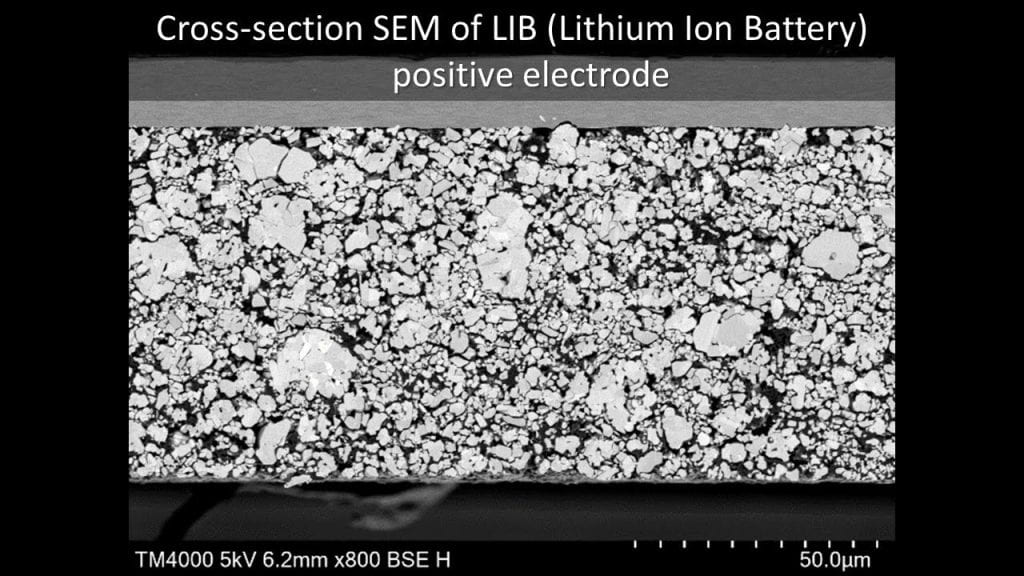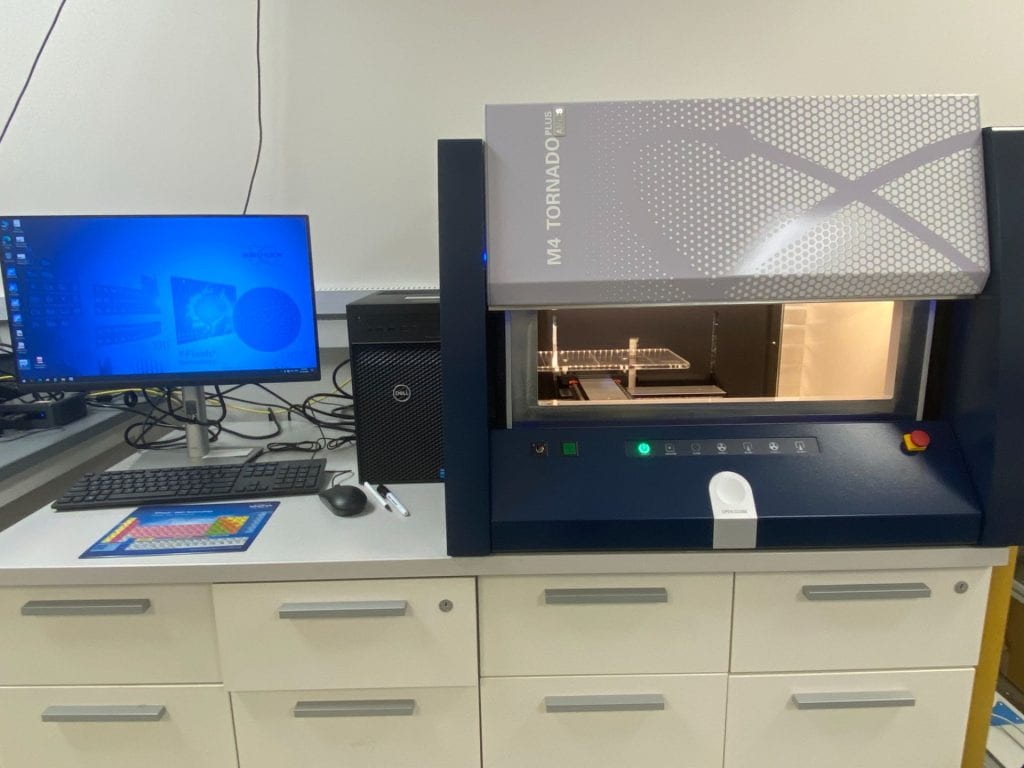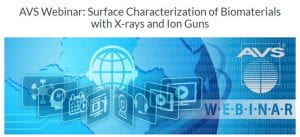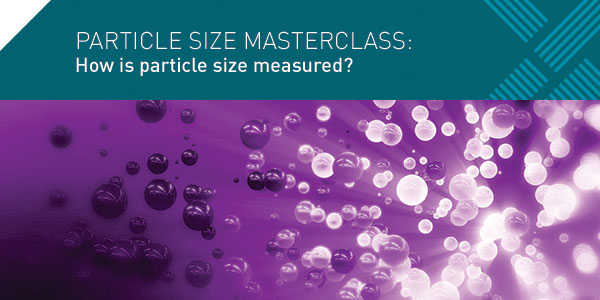This webinar will be presented in the lobby of the MCF in the Marcus Building on Thursday, April 19th
8AM PDT | 11AM EDT | 15:00 GMT
Materials behavior is often dominated by highly localized phenomena, and the ability to probe these local properties for engineering devices is critical. Often these devices are operating in environments with large differences in temperature and pressure: from the high vacuum and cold of space to the high temperature and high pressure inside a deep-water oil well. This webinar will focus on testing from room temperature down to -100°C on a variety of materials classes;
Metals/Composites:
A fundamental study in a low carbon, 1018, steel is presented. This material is non-exotic, but plays a large role in the nuts and bolts of everyday life. 1018 steel is a two phase steel, containing both ferrite and pearlite phases that are easy to distinguish both via in contact SPM and high speed mapping of the steel, with the high C pearlite being much harder than the ferrite. This material also exhibits a ductile to brittle temperature transition at -5°C via Charpy impact testing. However, when the individual phases can be examined separately, the DBTT can be described to each phase. Besides a rapid increase in hardness, as the ability to cross-slip decreases, there is a change in the behavior of the load-displacement curve from smooth to heavily serrated flow dominated by pop-in behavior in the ferrite phase.
Polymer Films:
Determining the glass transition temperature of polymer films can be difficult due to specimen geometry that does not conform to typical macroscale test algorithms. Here, determination of polymer thin films is demonstrated by varying both temperature and frequency using a nanoscale equivalent test, nanoDMA III. Control of operating conditions below room temperature here is critical to understanding materials performance in a cold weather environment.
To find out more information or to sign up independently, you can click here.





